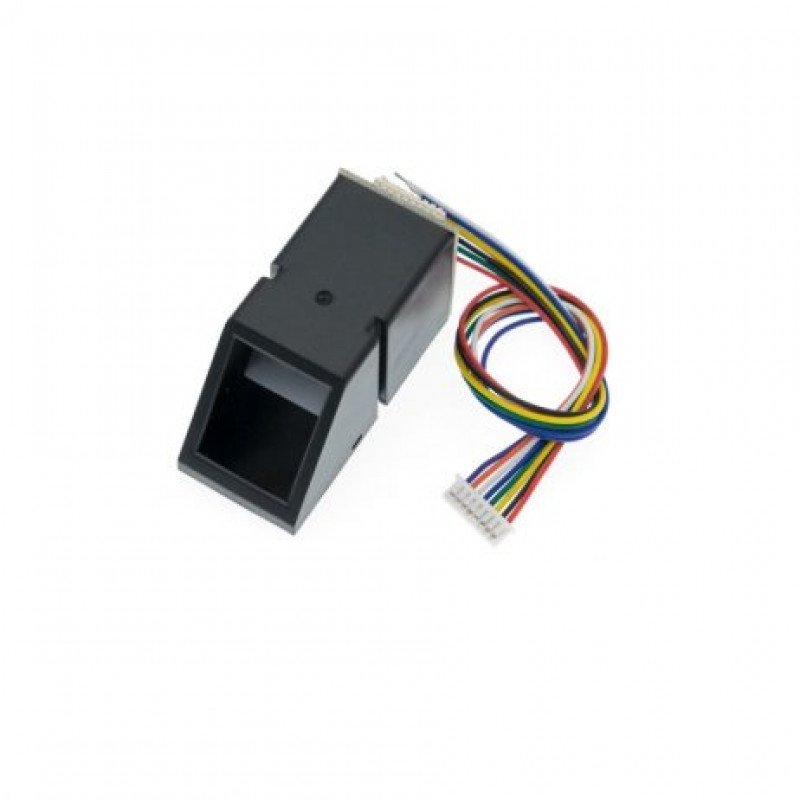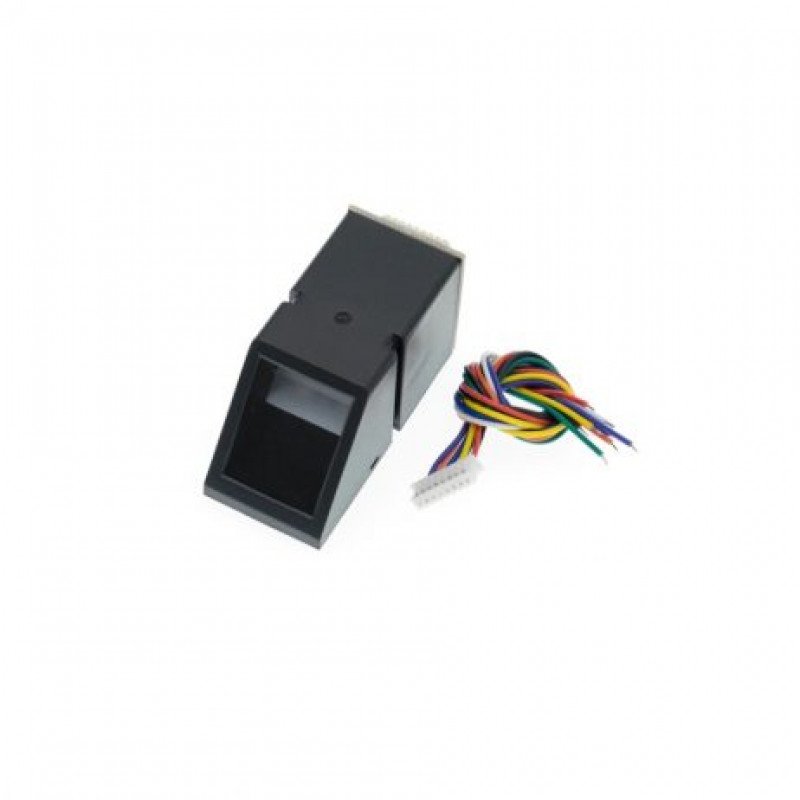The fingerprint algorithm extracts distinctive features from a captured fingerprint image to represent the fingerprint data. All operations related to storage, comparison, and search are performed using these extracted features.
Fingerprint processing involves two main stages: registration and matching. The matching process can be carried out in two modes: fingerprint comparison (1:1) and fingerprint search (1:N).
During registration, two fingerprint samples are collected for each fingerprint. Both samples are processed, and their combined feature data is stored in the fingerprint module.
During matching, a fingerprint image is captured via a fingerprint sensor and processed. This processed fingerprint is then compared against the stored data in the module. If it is compared with a specific stored fingerprint, this is referred to as 1:1 comparison mode. If the system searches through multiple stored fingerprints, it is referred to as 1:N search mode. Based on the result, the system outputs either a match (pass) or a mismatch (fail).
Key features include:
-
Low power consumption
-
Low cost
-
Compact design
-
High performance
-
Advanced optical technology
-
Precision module manufacturing
-
Strong image processing capabilities (supports up to 500 dpi resolution)
-
Finger detection functionality


















